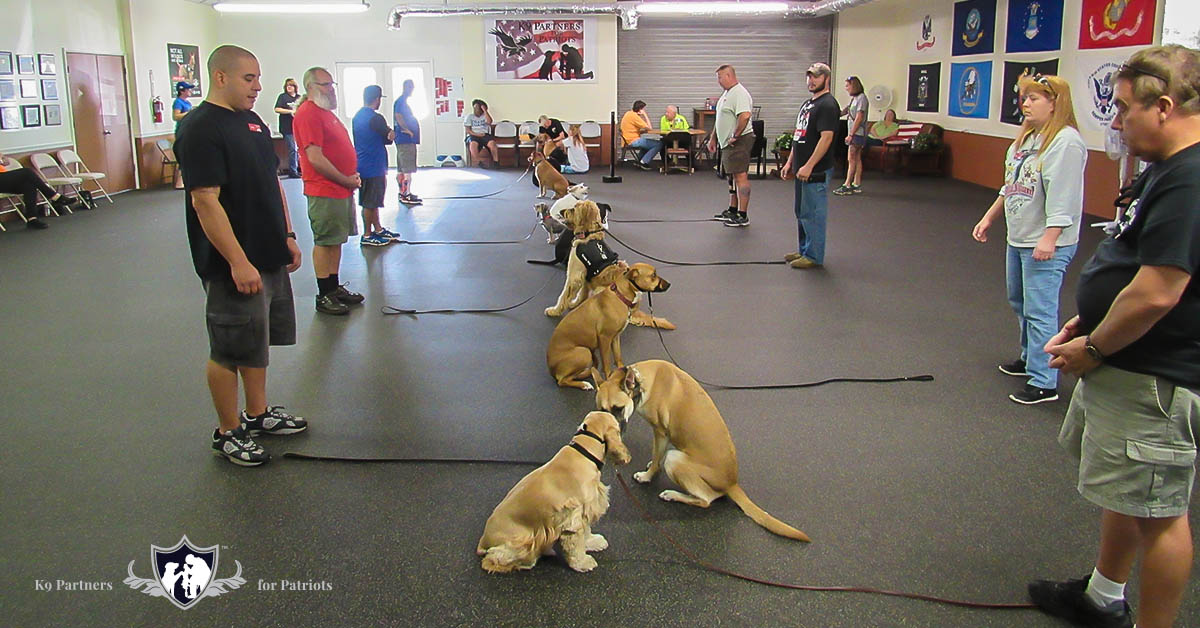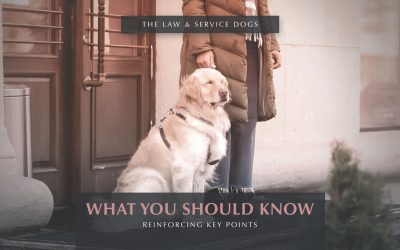What’s the Difference Between Service Dogs vs Therapy Dogs?

For most of us who are fortunate enough to have the company of a dog in our homes, they are simply pets. Many of us think or say they’re as much a part of the family as brothers and sisters… and som of us may find their company preferable to that of our human counterparts.
But some dogs serve very specific purposes and require special kinds of training to be able to woerk and provide the assistance their handler needs, 24/7. And it’s important to understand the differences in needs, capabilities adn the training that truly distinguishes their daily work and their purpose. The owners of these service dogsthemselves are protected by federal law under the Americans with Disabilities Act (ADA) and in many instances by additional state and municipal laws too.
That means it is illegal to prohibit them from any place that is open to the public.
However, what adds to confusion for so many businesses and individuals is the fact that there are many different labels now being used that all sound important… but some have very little meaning behind them.
Emotional Support Dogs:
Emotional Support Dogs help individuals with emotional problems by providing comort and support. While they are supposed to provide assistance for people dealing with anxiety, depression, bipolar/mood disorders, panic attacks, and other emotional/psycholigical conditions, there is no specific training that distinguishes such dogs.
Therapy Dogs
Therapy Dogs provide affection and comfort to individuals in hospitals, nursing homes, assisted living facilities and other similar facilities. The company of gentle dogs is comforting for many and also helps such facilities seem less institutional and more like home… and that explains their popularity.
‘Companion’ Dogs
Seriously. Has there ever been a dog that wasn’t a ‘companion’? They haven’t been called ‘man’s best friend’ for centuries by accident.
Guide Dogs
Also known as ‘Seeing Eye Dogs’, Guid Dogs are service dogs for the blind and visually impaired. They are trained to lead them around obstacles and help them navigate safely. They are trained to communicate changes in elevation, such as from sidewalks to curbs, and to recognize safe and unsafe paths and traffic signals.
Service Dogs
Service Dogs are specifically trained to work for their handlers in order to help them overcome mobility issues due to a broad range of physical and/or mental disabilities that may include:
- visual impairment (blindness)
- hearing impairment (deafness)
- seizures
- post traumatic stress (PTS)
- diabetes
- autism
- multiple sclerocis (MS)
- and other physical/mental conditions
It is important to note that while Service Dogs are protected by the Americans with Disabilities Act (ADA), ‘companion’, ’emotional support’ and ‘therapy’ dogs are not.





